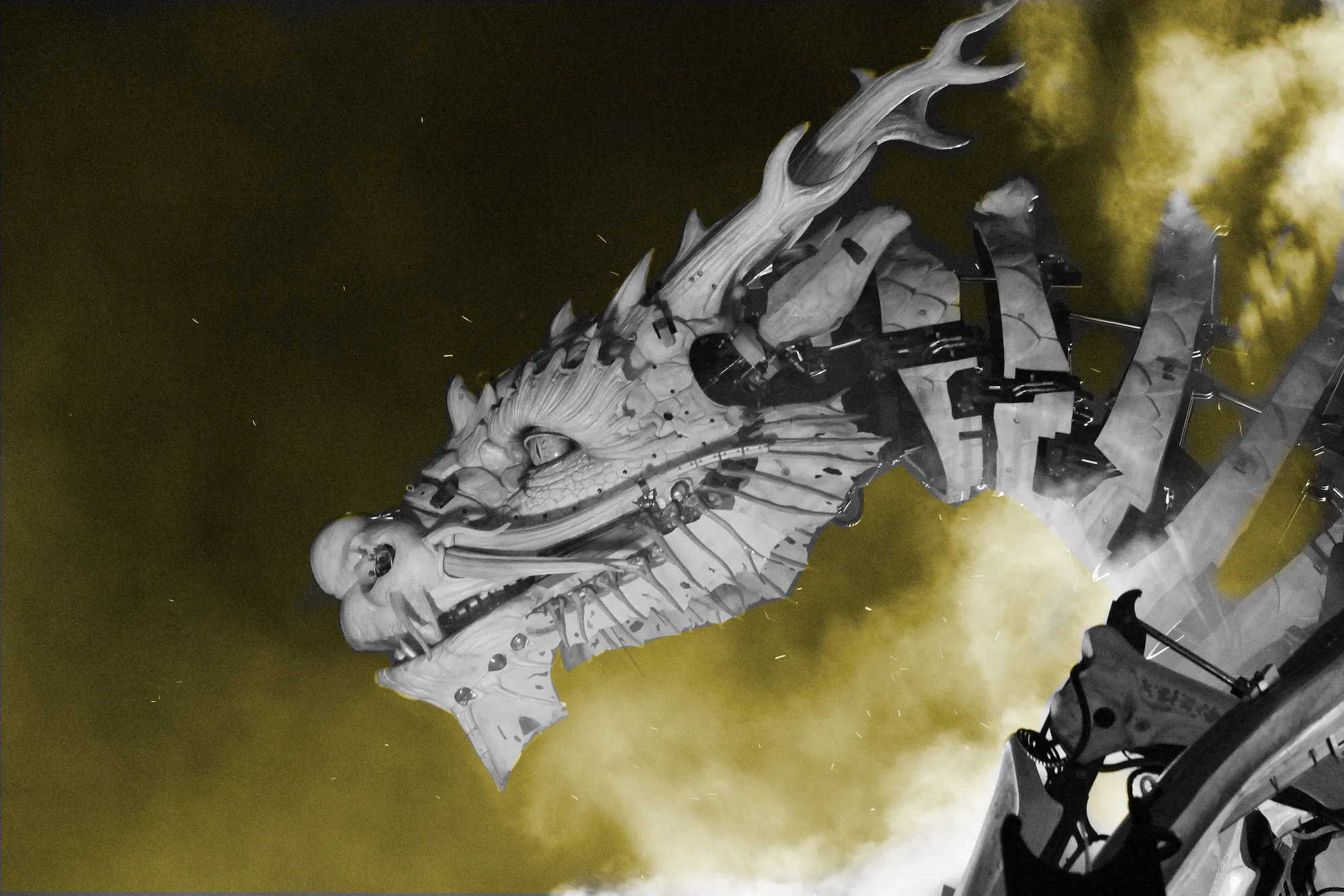2.5 quintillion bytes of data are produced every day. With that kind of data, new technologies are needed to analyze and perform analytics and machine learning.
Big data can’t ideally fit into the disk storage or even the memory of one computer, so, in such scenarios, you’d have to look at distributed computing. This involves spreading the processing of such data to multiple computers.






